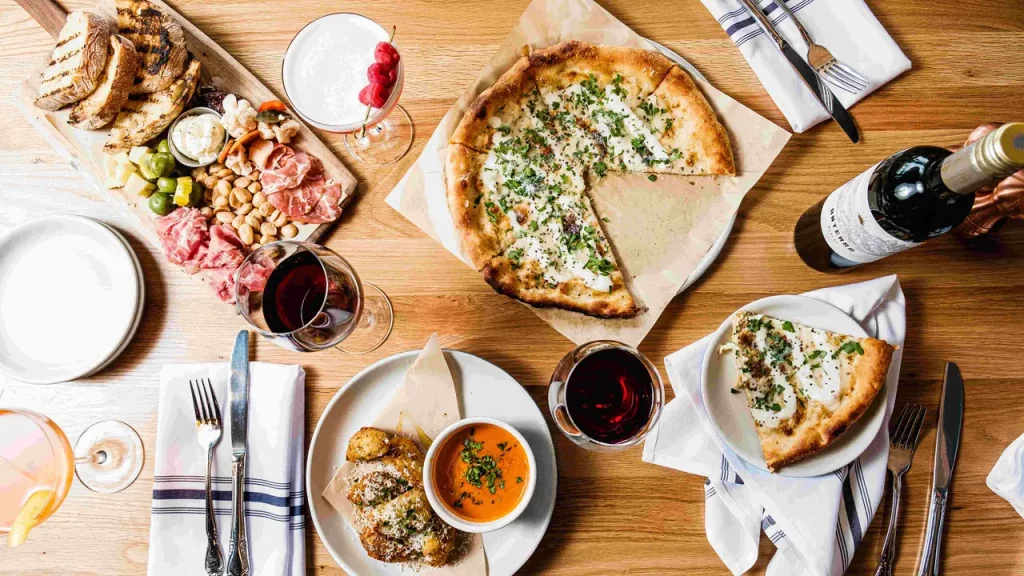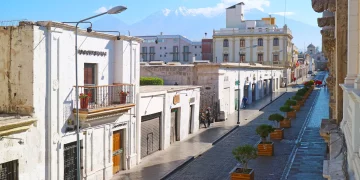Italy has always been synonymous with exceptional food. As a traveler and an unabashed foodie, I set out on a journey through Italy, eager to dive deep into the country’s diverse culinary traditions. What began as a love for Italian cuisine quickly transformed into an exploration of the very heart of the country: the regional flavors, the local ingredients, and the passionate people who turn simple dishes into extraordinary works of art.
In this article, I’ll take you through some of the unforgettable food experiences I encountered in various Italian regions. From truffle hunting in Piedmont to savoring pizza in Naples and indulging in rich pasta dishes in Bologna, I will share both the challenges and rewards of embracing local food cultures. Along the way, I’ll introduce you to local chefs and food producers who generously shared their knowledge, making Italy not just a destination, but a true gastronomic adventure.
1. Personal Narrative of a Traveler Exploring Italy’s Diverse Culinary Regions
As I stepped off the plane in Milan, Italy’s culinary culture greeted me before I even made it to my first meal. The smell of freshly brewed espresso lingered in the air, the buzz of café chatter filled the streets, and I could already feel the anticipation of the food adventures that lay ahead. Italy is a country where food is more than just sustenance; it’s a way of life, an expression of local culture, and a deep source of pride.
I had always heard of the wonders of Italian cuisine: rich pastas, delicate cheeses, bold wines, and fresh seafood. But what truly piqued my interest was how each region had its own unique flavors and cooking methods. I was determined to see, taste, and experience this diversity firsthand. My journey would take me from the rolling hills of Piedmont to the bustling streets of Naples, and the picturesque canals of Bologna, where food was not just a meal but a sacred ritual.
2. Regional Highlights: Truffle Hunting in Piedmont, Pizza in Naples, and Pasta in Bologna
Truffle Hunting in Piedmont
I began my journey in Piedmont, located in the northwest of Italy, a region known for its rich culinary traditions and luxurious ingredients. Piedmont is home to some of the world’s finest truffles, specifically the rare white truffle, a delicacy that commands astronomical prices.
Truffle hunting in the forests of Alba was nothing short of magical. I joined a local truffle hunter, Marco, and his trusty dog, Bella, in search of the elusive tuber. Marco explained that truffle hunting is as much about understanding the land as it is about skill and patience. As we ventured through the woods, Bella sniffed the ground eagerly, her excitement palpable. After a brief moment of suspense, she dug her paws into the earth, and there it was—a truffle, gleaming with earthy promise.
The hunt itself was thrilling, but what followed was even more rewarding: a meal that highlighted the truffle’s exquisite flavor. At a small family-owned trattoria, we enjoyed risotto with freshly shaved truffles, followed by delicate pasta dishes that highlighted the umami-rich earthiness of the truffles. In Piedmont, food is not just a meal; it’s a way to connect with the land and its centuries-old traditions.
Pizza in Naples: The Birthplace of a Legend
No trip to Italy would be complete without a stop in Naples, the birthplace of pizza. Here, pizza is not just food—it’s a ritual, an art form passed down through generations. I made my way to a local pizzeria, where the atmosphere was electric. The pizza ovens were hot, the dough was being expertly stretched, and the scent of fresh basil and mozzarella filled the air.
The pizza in Naples is simple yet profound. The classic Margherita, with its crispy thin crust, fresh tomatoes, creamy mozzarella, and fragrant basil, is a perfect example of how the quality of the ingredients can elevate a dish to extraordinary heights. I sat at a bustling table, savoring each bite and realizing that the magic of Neapolitan pizza lies in its simplicity. It’s about using the best possible ingredients and letting them shine.
The pizzaiolos (pizza makers) I spoke with were deeply passionate about their craft, speaking about the dough with reverence. They explained that the secret lies in the fermentation process, allowing the dough to rise slowly to develop its full flavor. A short chat with Giovanni, a third-generation pizza maker, made it clear that pizza in Naples is not just a meal—it’s a celebration of history and tradition.

Pasta in Bologna: The Heart of Italian Pasta Culture
Bologna, often called the food capital of Italy, is a city where pasta reigns supreme. The city’s most famous dish, ragù alla Bolognese, is a meaty, slow-cooked sauce that has become one of Italy’s culinary treasures. However, Bologna is home to far more than just ragù. The city’s fresh pasta, made by hand with locally sourced ingredients, is a testament to the skill and patience of its chefs.
I had the pleasure of learning how to make traditional Bolognese pasta, such as tortellini and tagliatelle, under the guidance of chef Maria at a local cooking school. She explained the importance of using the right flour and eggs to create the perfect texture, and we spent hours rolling out dough, cutting it into shapes, and preparing delicate fillings. The joy of shaping pasta by hand was something I hadn’t anticipated, but it became clear that this was an experience steeped in love and tradition.
When we finally sat down to taste our creations, I was struck by the depth of flavor in each bite. The ragù was rich, meaty, and slow-cooked to perfection, with each strand of pasta perfectly absorbing the sauce. The meal was a celebration of Bologna’s rich history, and I could feel the centuries of tradition in every bite.
3. Challenges and Rewards of Eating Local and Embracing Food Culture
Embracing local food culture in Italy was both a challenge and a joy. The challenge lay in my initial unfamiliarity with some of the ingredients and the importance of seasonality. Italian cuisine is deeply tied to the land, and every region has its own distinct specialties based on what is locally available.
One of the biggest challenges I faced was adapting to the slower, more deliberate pace of dining in Italy. Meals are not rushed; they are savored. The Italians believe in taking their time, enjoying each course, and appreciating the company and conversation around the table. As a traveler from a culture where meals are often quick and transactional, it took me a while to adjust to this new way of dining. However, once I did, I found that meals became more than just about food—they were an opportunity to slow down and connect with those around me.
The rewards, however, were immeasurable. There is something profoundly special about eating locally in Italy. Every meal felt like a celebration of the region’s history, culture, and land. The ingredients were fresh and vibrant, each bite telling a story of where it came from. More than that, food in Italy is about community. Whether it was enjoying a glass of wine with friends in Piedmont or sharing pasta with locals in Bologna, the experience of eating was always about connection—both with the people and the land.
4. Interviews with Local Chefs and Food Producers
During my journey, I had the privilege of sitting down with several local chefs and food producers who generously shared their insights into Italian food culture.
One of the most memorable conversations was with Alessandra, a local olive oil producer in Tuscany. She explained the meticulous process of olive oil production, from hand-picking the olives to cold-pressing them to retain the purest flavors. Alessandra’s passion for her craft was contagious, and it was evident that the olive oil she produced was a labor of love, rooted in the landscape that had nourished her family for generations.
In Bologna, I met Chef Marco, who runs a family-owned trattoria. Marco’s ragù recipe had been passed down through his family for over 100 years. He described the importance of using only the finest meats and slow-cooking the sauce for hours to achieve the perfect flavor. What struck me most about Marco was his humble approach to food: “Food is not just about what you eat,” he said, “It’s about how you eat, who you eat with, and the joy you bring to the table.”
5. Why Italy Remains a Quintessential Destination for Food Lovers
Italy remains one of the top culinary destinations in the world because of its unwavering commitment to quality, tradition, and local ingredients. The country’s culinary diversity is unmatched—each region offers something unique, shaped by centuries of cultural and agricultural heritage. Whether you’re indulging in truffle-infused dishes in Piedmont, savoring pizza in Naples, or crafting pasta in Bologna, Italy offers an unparalleled opportunity to experience food in its purest form.
Beyond the food itself, it’s the deep sense of community and passion that makes Italy such a special destination. Eating in Italy is not just about nourishment—it’s about celebrating life, family, and tradition. For anyone who loves food, there is no place quite like Italy, where every meal is a journey, and every bite tells a story.





















